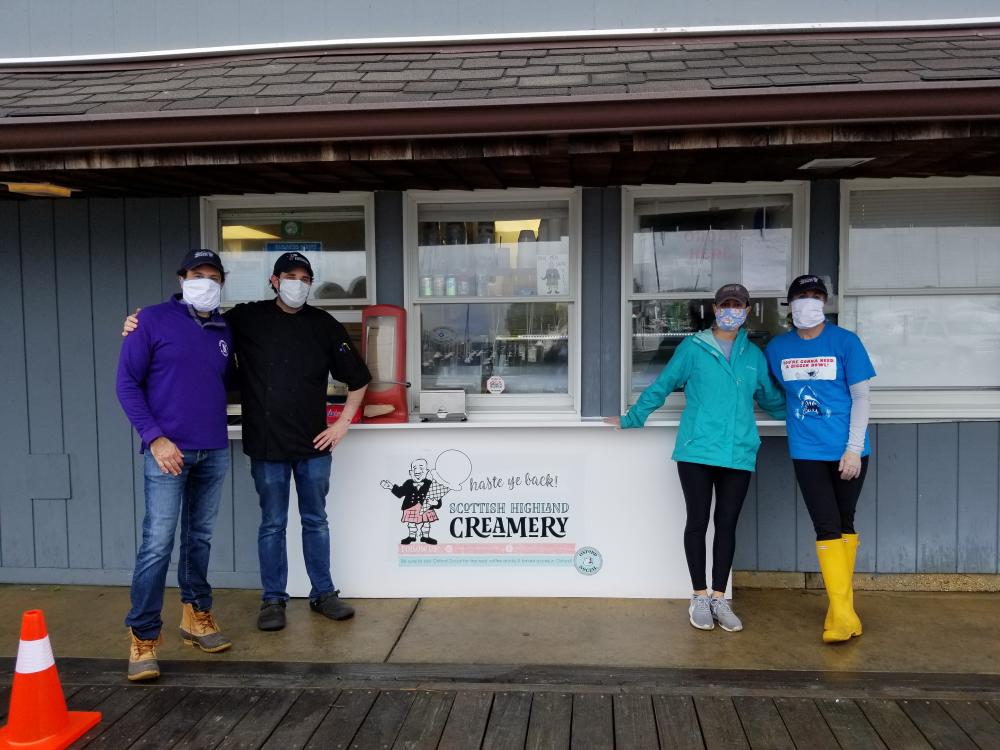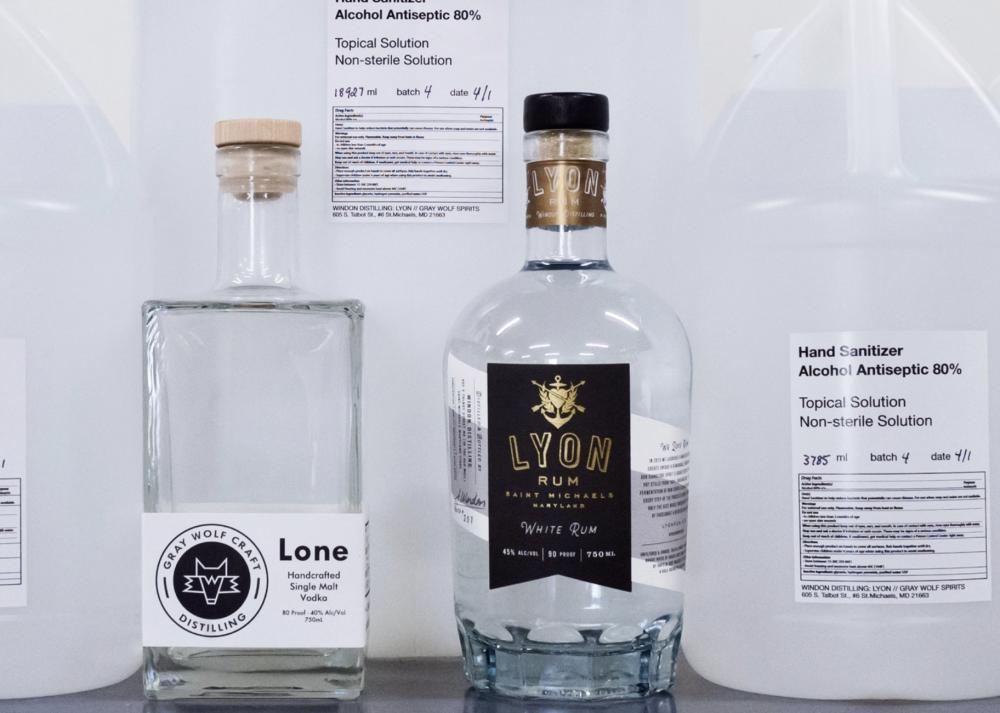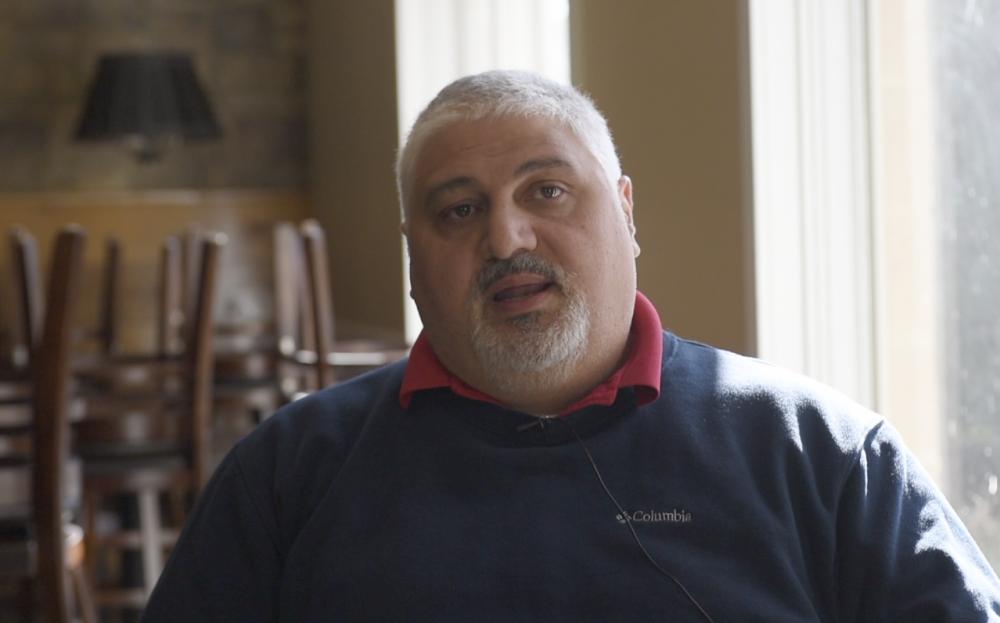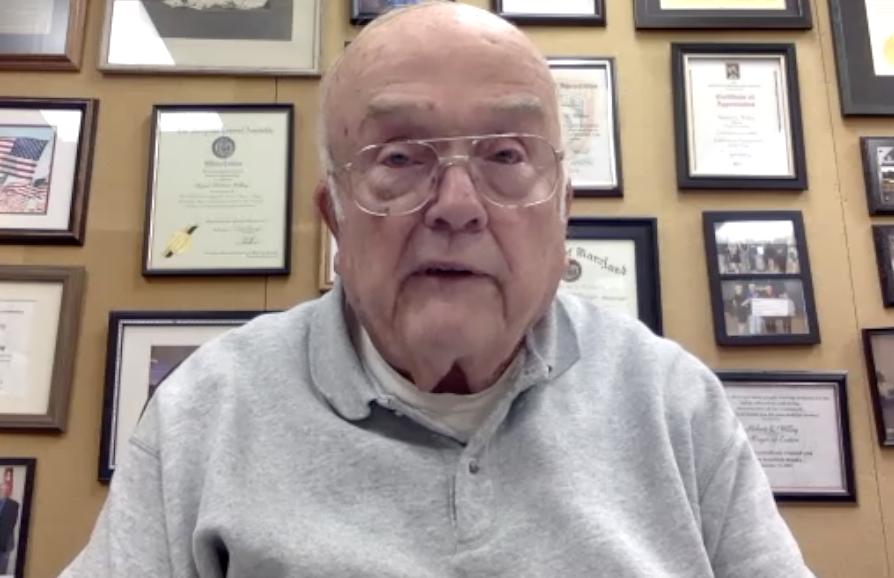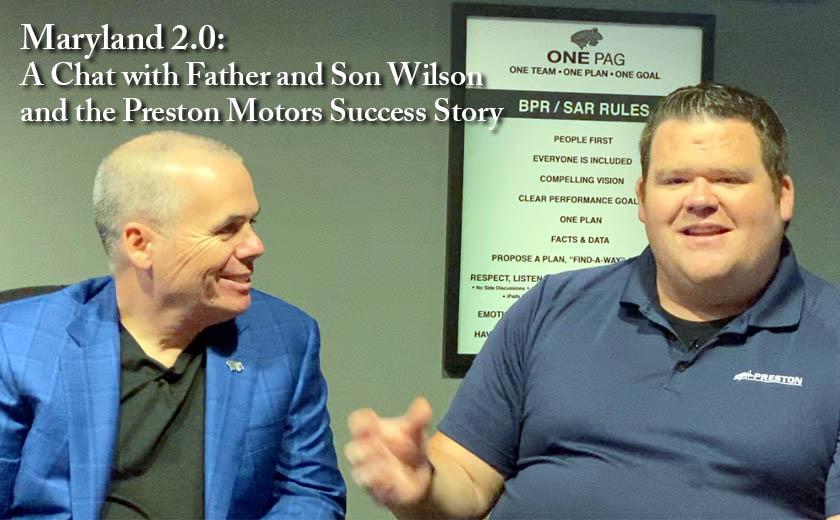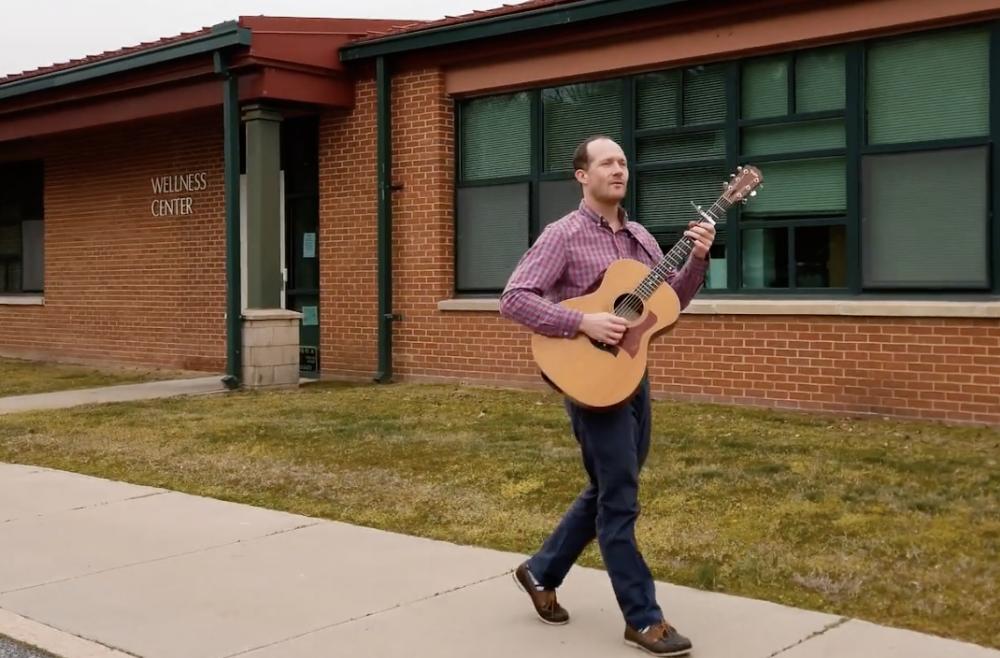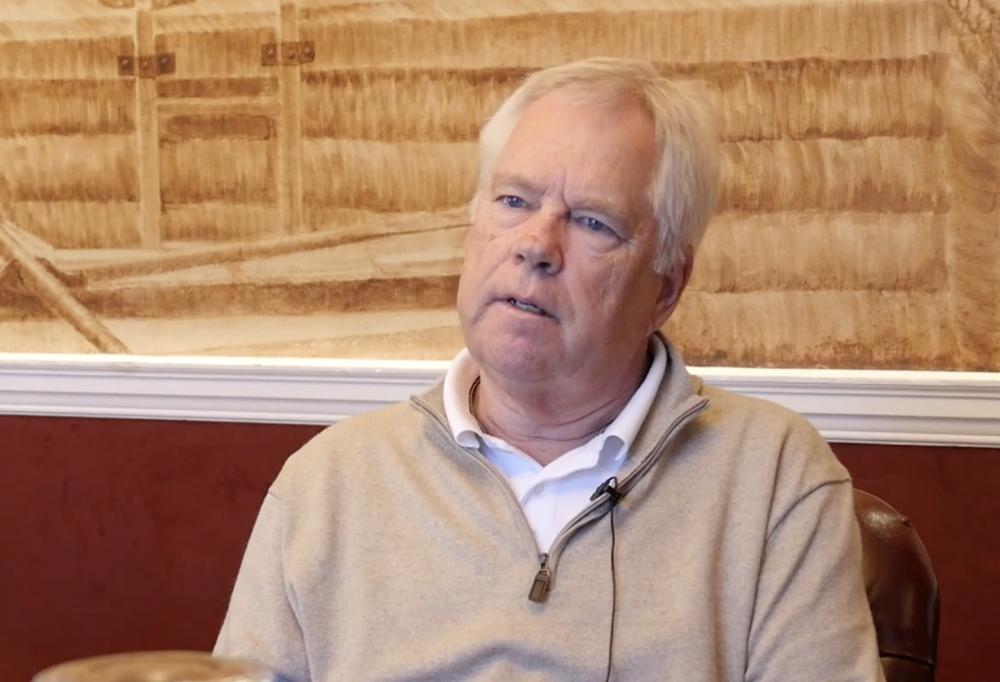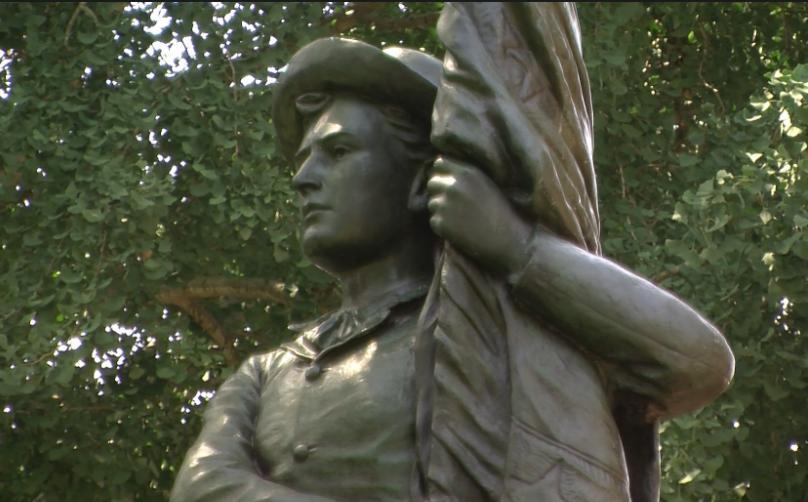
Editor’s Note. In reviewing the Spy archives on the history of the Talbot Boys discussion, we came upon an Op-Ed piece published on August 31, 2017, entitled “The Right Solution to Our ‘Talbot Boys’ Problem.” (The author was Dan Watson, a civic activist currently engaged in racial justice issues.) Since the Talbot County Council is once again addressing the future of the Talbot Boys statue, as Editor I thought I would share this particularly interesting idea from 2017 again.
The “Talbot Boys,” standing tall in front of our courthouse, loom over Talbot County fraught with symbolism that divides us.
This statue is indeed part of our history and heritage — and as it is tied to race, it is especially important that this statue remain at the courthouse, to remind us how central race relations are to our local community. We forget history at our peril. I agree with those who say we must keep it, because we can not and should not erase history
And we also know this statue is a deeply offensive symbol of slavery and racial dominance, paying homage to a particular group of men (some who were even “come heres” after that War) who fought against our nation in support of slavery and human bondage. Honoring these men today, and indirectly honoring the cause for which they took up arms, is morally offensive, and by no means only to our black brothers and sisters.
Here is the right solution: we keep the Talbot Boys statue on the courthouse grounds, but present it in a totally new manner, as part of a dignified and honest display of the racial history in Talbot County. Being quite serious about this proposal, and notwithstanding that I am no landscape architect, I want to lay out this concept in some detail.
There is a walkway heading south from Federal Street, along the back side of the courthouse. Along that path, we install seven small exhibits (maybe just an informative plaque with a photo or two, and maybe a single artifact at each stop). Illustratively, I’d suggest these as appropriate chapters telling all so briefly an accurate story of race relations in Talbot County:
1636-1861: Slavery…and Free Blacks. We tell of bondage and suffering, our nation’s original sin if ever we had one. Mentioned also is Easton’s Hill District, where free blacks built a small community. Links of chain are not too harsh to represent this darkest of chapters.
1861-1865: War, Blue and Grey. We tell of men from Talbot County who went to war, mostly for the Union, a sizable minority for the Confederacy. Artifact — perhaps a cannon.
1865-1895: Recovery. We tell of the quiet spell, the hangover, as rural Talbot adjusts — or not — to a new basis of relations between whites and blacks. Is an old plow an appropriate fixture?
1895-1960: Jim Crow and Resurgence of The Lost Cause. We tell the truth of the rise of de jure alongside de facto segregation, and the extreme social, political, and cultural dominance of whites in this era. The proper artifact at this stop, of course, is the Talbot Boys statue, presented anew as I’ll discuss below, and perhaps the story of how it came to be erected. The Talbot Boys, of course, is all about 1914, not 1865.
1960-1970: Civil Rights Ascendant: Explain how the civil rights movement was manifest in Talbot in the context of the nation’s experience, and our neighboring town of Cambridge. Artifact? A stool from a soda fountain works for me.
1970-2018: Progress and Tension: The hardest chapter to write, as we’re too close. Without question, enormous progress has been made in race relations over a half-century. Some are pleased and self-satisfied, claiming things are fine. Most others know that daily injustices and race-based problems remain. What is the right artifact for this era? I’m not sure.
2018-: The Future — Black and Brown and White Together. I think this starts by recounting the removal of the Talbot Boys from the place of honor in front of the courthouse to its proper spot along “the path of race relations” in Talbot. It is an event of significance and promise. And importantly, we need to tell of the relatively new members of our community from Latin America and elsewhere — a new thread in the tapestry. Then we just leave the rest of this plaque blank, so our children have someplace to write the story of how they saw us live our lives among people of different colors.
All this is done in brief of course, and refers visitors to other resources around the county, like the Talbot Historical Society and the library right across West Street.
Now, as to the Talbot Boys statue itself. The problem in my opinion is not with the thing per se; it is that it stands in a place of honor, public honor. That is fundamentally what must change. The thing needs to be desanctified, made secular. (And that is not an act of disrespect to descendants of those families, whose sensibilities do not in my opinion trump the public’s need to get this right in any event.)
The statue is comprised of three elements. The two-foot high base stays where it is, and is repurposed — and not for statuary. The pedestal and statue are moved to the right spot along the pathway described (set far back against the wall perhaps), and the statue comes off the pedestal. Keep the large stone with the names — those men were who they were. And keep that boy and his furled flag, but at ground level, not raised in glory. Let folks take note how those in power in 1914 wished to glorify the past, perhaps to assert a renewed confidence in their own dominion.
A couple of final thoughts. I think this installation would be a boon. Talbot County is a great place, and it’s not just the land and the water. While other towns and cities are removing statues in the dark of night, or providing backdrop to riot and violence, Talbot County can make a different statement. We embrace our history, we are truthful and respectful of our history, and we’re moving forward, not stuck in the past. And we know how to compromise, in order to reach workable solutions.
As to the cost of all this? Well, this County Council has so far been unimaginative, embarrassingly unable to deal with the Talbot Boys. So I have little confidence they can find a way to finance it, even though grants should abound. If they can’t come up with the money, you know others in the community can.

